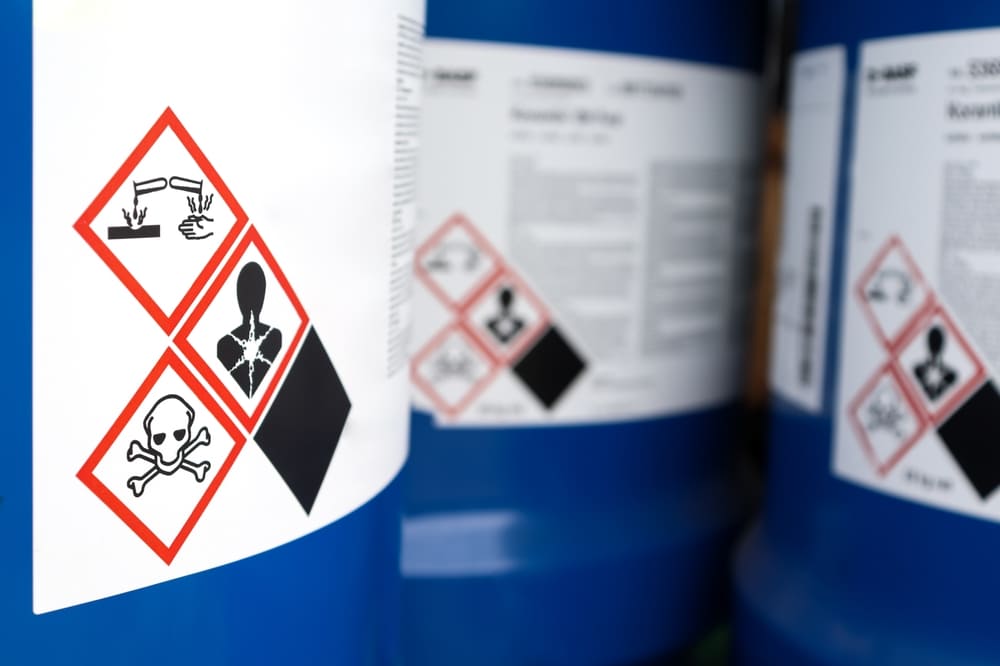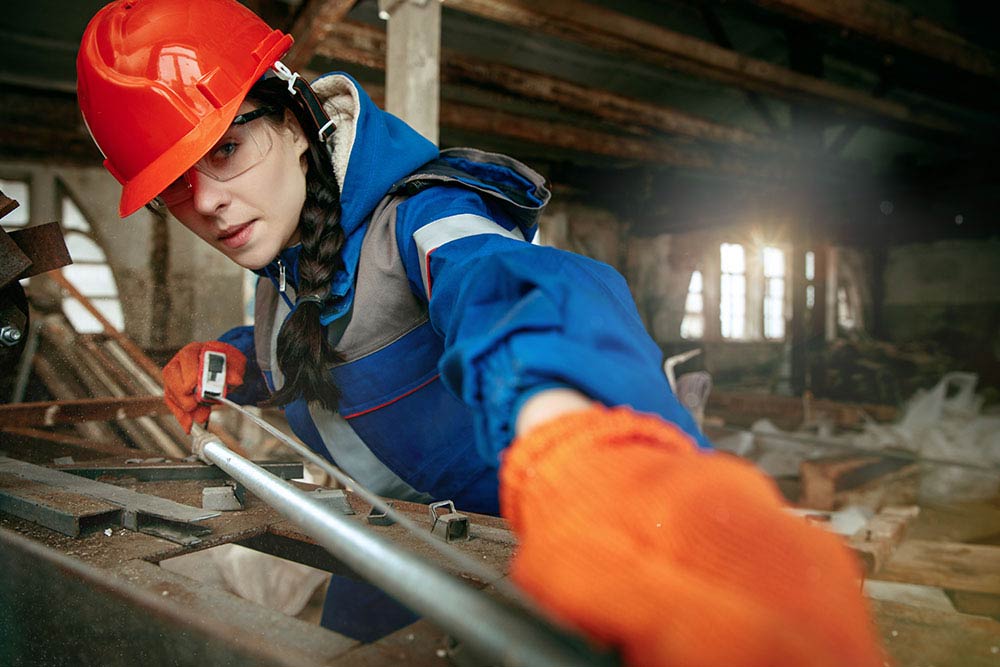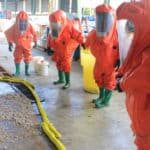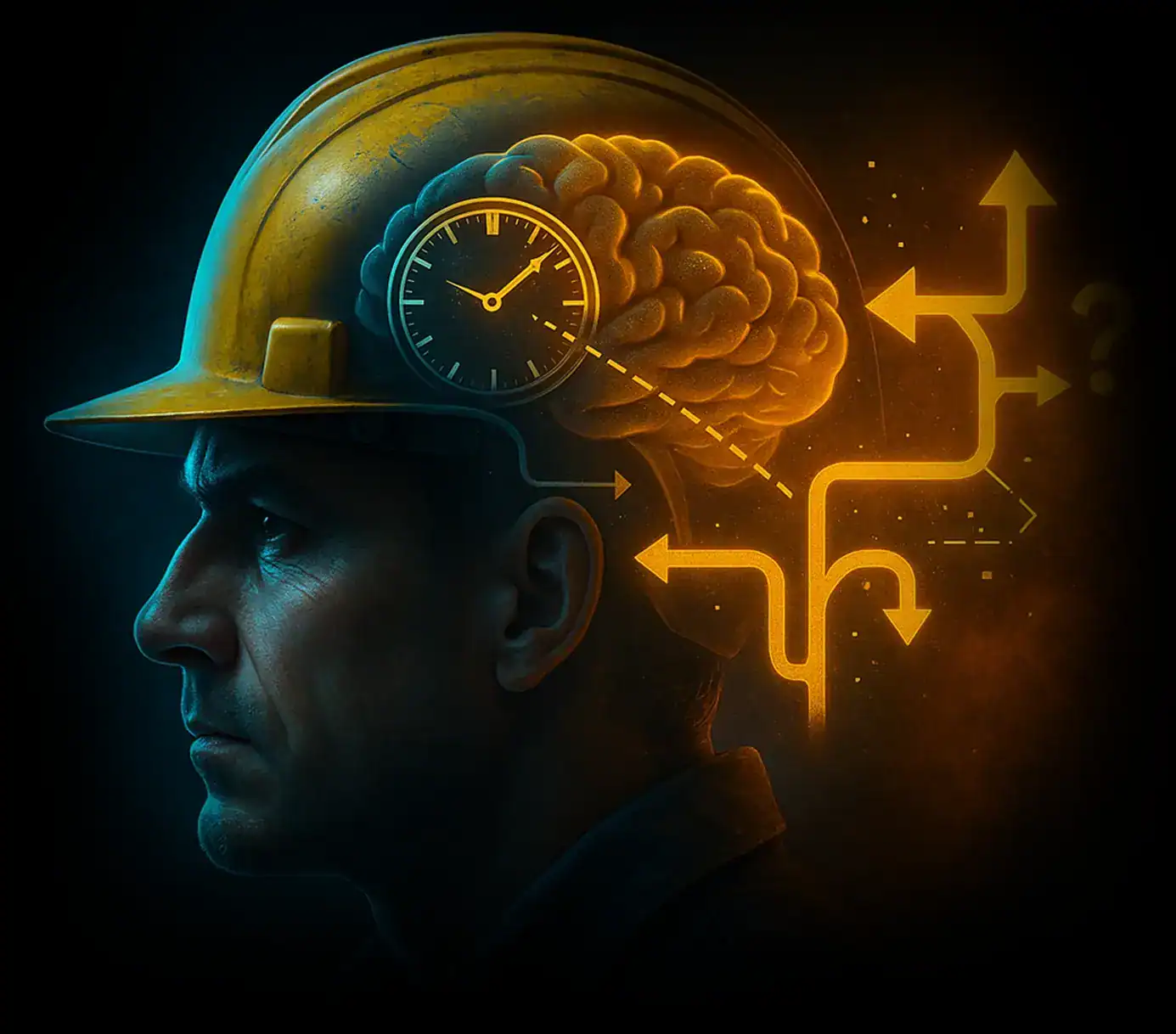
Search “unsafe behaviour is responsible for what percentage of accidents?” and you’ll likely find answers around 80%, 90%, even 95%.
But these figures are based on outdated models. New research strongly suggests the reality is very different.
This blog explains why the idea that unsafe behaviour is the leading cause of accidents is no longer valid, and how newer concepts will help you make your workplace safer.
Key Takeaways: Unsafe Behaviour Is Responsible for What Percentage of Accidents?
- Unsafe behaviour is involved in most accidents, but it’s rarely the root cause.
- Mistakes are often the result of systemic issues such as poor work design, unclear instructions or time pressure.
- Modern safety practice focuses on conditions around the worker, not just the behaviour.
- Improving systems, not strictly behaviour, is key to safer workplaces.
What Is Unsafe Behaviour?
Unsafe behaviour means doing something that increases the chance of harm, either to yourself or others.
Examples include removing personal protective equipment (PPE), rushing through safety checks, ignoring a known hazard or taking a shortcut to save time. At first glance, these actions appear careless or reckless, evidence that the worker is at fault.
For decades, safety thinking was built on that assumption. A widely cited statistic claims that unsafe acts cause 90% of workplace accidents. (As of the time of writing, this is still the AI-generated answer you get when putting “unsafe behaviour is responsible for what percentage of accidents?” into a popular search engine.)
While that figure is no longer taken at face value, it has historically shaped how many organisations view accidents: as the result of human error, poor judgement or individual negligence.
However, this belief has since been largely disproven.

Where Does the Unsafe Behaviour Statistic Come From?
The idea that most accidents are caused by unsafe behaviour traces back to the Domino Theory developed by H.W. Heinrich in the 1930s.
A safety engineer for an insurance company, Heinrich claimed that 88% of workplace accidents were due to unsafe acts by workers. His theory imagined accidents as a chain of dominoes. If one domino (an unsafe act) could be removed, the chain reaction leading to harm would stop.
Heinrich’s data was drawn largely from supervisor reports, not independent investigations, and was heavily influenced by the management culture of the day.
Despite its limitations, the theory became hugely influential. It gave rise to the behavioural safety movement, which held that the key to accident prevention was changing how people behave on the job.
Over time, Heinrich’s “88%” figure was simplified and rounded up, eventually becoming the widely repeated claim that 95% of accidents are caused by human error.
Accident Investigation Training
Our accident investigation training guides users through a step-by-step process for investigating workplace accidents. It helps trainees gather facts, identify root causes, interpret findings and implement measures to prevent future incidents.
Why Heinrich’s Theory Became So Popular
Heinrich’s theory gained traction largely because it was simple. The domino analogy – removing one unsafe act prevents the accident – was a straightforward idea that anyone could grasp quickly.
It also gave employers and managers of the time an easy excuse for accidents: the worker’s incompetence. By attributing accidents to “unsafe acts,” employers avoided the messier, more expensive work of analysing root causes, and were absolved from any fault themselves.
What the Health and Safety Executive Says About It
According to the Health and Safety Executive (HSE), human error isn’t random. It happens for a reason, and that reason is often linked to what are known as performance shaping factors.
Performance shaping factors are conditions that influence people’s behaviour at work. They include things like:
- The way equipment is designed
- How clear and practical procedures are
- The quality of training and communication
- The level of supervision
- Workload and time pressure
- The physical work environment
When these factors are poorly managed, even well-intentioned workers will make errors. Depending on the specific conditions, the error can be one of three types:
- Slips/lapses – small, unintentional errors like forgetting a step
- Mistakes – wrong choices due to gaps in knowledge or poor information
- Violations – breaking rules, often due to pressure or unclear expectations
Understanding these types of errors shifts the focus away from blame. It shows that unsafe behaviour is often a symptom of deeper issues, not the cause.
To prevent accidents, you must look beyond the actions themselves and examine the conditions that led to them.
Behaviour Is a Symptom – Not the Root Cause
Modern safety thinking recognises that accidents rarely result from a single mistake or unsafe act. Instead, they are usually the outcome of a complex interaction between people, tasks, equipment, procedures and the working environment.
Unsafe behaviour is often just the final step in a much longer sequence of problems, many of which are built into the system itself.
In this view, behaviour is not the root cause of failure, but a sign that something further upstream has already gone wrong. When accidents happen, it is because multiple opportunities to prevent them were missed, not because one person made a bad decision.
Two well-established models illustrate this thinking: the Swiss Cheese Model and AcciMap.
Swiss Cheese Model
The Swiss Cheese Model, developed by psychologist James Reason, explains how accidents happen when several layers of defence fail at the same time.
Each layer – such as training, procedures, supervision or design – is like a slice of swiss cheese. Every slice has holes that represent weaknesses. Most of the time, these holes don’t perfectly align, and one layer blocks the hazard. But when holes in each layer line up, the hazard passes through every defence. That’s when an accident occurs.
The model shows that unsafe behaviour is rarely the root cause. It is usually the last step in a much longer chain of missed opportunities.
AcciMap Approach
AcciMap is a systems-based model developed by Jens Rasmussen to investigate serious incidents. It maps out all the contributing factors – not just from the worker, but across the entire organisation and beyond.
It considers decisions and conditions at multiple levels, including:
- Front-line actions
- Supervision and training
- Equipment design and maintenance
- Organisational policies and procedures
- Industry and regulatory pressures
Instead of asking, “Who made a mistake?”, AcciMap asks, “How did the system allow this to happen?”
This broader view helps organisations fix the deeper issues, not just the ones that are easiest to see.
For example, if someone skips wearing PPE, the solution might seem obvious: reprimand the worker and remind others to follow the rules.
But step back and ask why they chose not to use it:
- Were they under pressure to finish quickly?
- Was the equipment difficult or uncomfortable to use?
- Were the instructions unclear or impractical?
- Had anyone shown them a better way?
In this situation, tackling those underlying issues will do more for workplace safety than disciplining the individual at fault.
How to Prevent Accidents
When someone gets hurt at work, it’s tempting to blame the individual and say they should have known better.
But that mindset can’t lead to meaningful change. If the focus stays on what the person did, rather than why they did it, the same incident is likely to happen again.
To make your workplace genuinely safer, you need to look beyond the final act and examine the root causes that allowed it to happen. That starts with a better approach to investigating incidents that moves beyond blame and focuses on learning.
Identifying Root Causes
If this blog has changed how you think about unsafe behaviour, you are not alone. Many organisations are beginning to realise that lasting safety improvements come from understanding the conditions behind dangerous actions, not just the actions themselves.
Our Accident Investigation Training course is designed to help you do just that. It offers a clear introduction to effective investigation techniques, including how to:
- Structure an investigation
- Gather and assess relevant evidence
- Identify the underlying factors
Whether you’re new to accident investigation or refining your approach, the course provides a practical foundation for building actually safer workplaces, not just correcting mistakes.





















